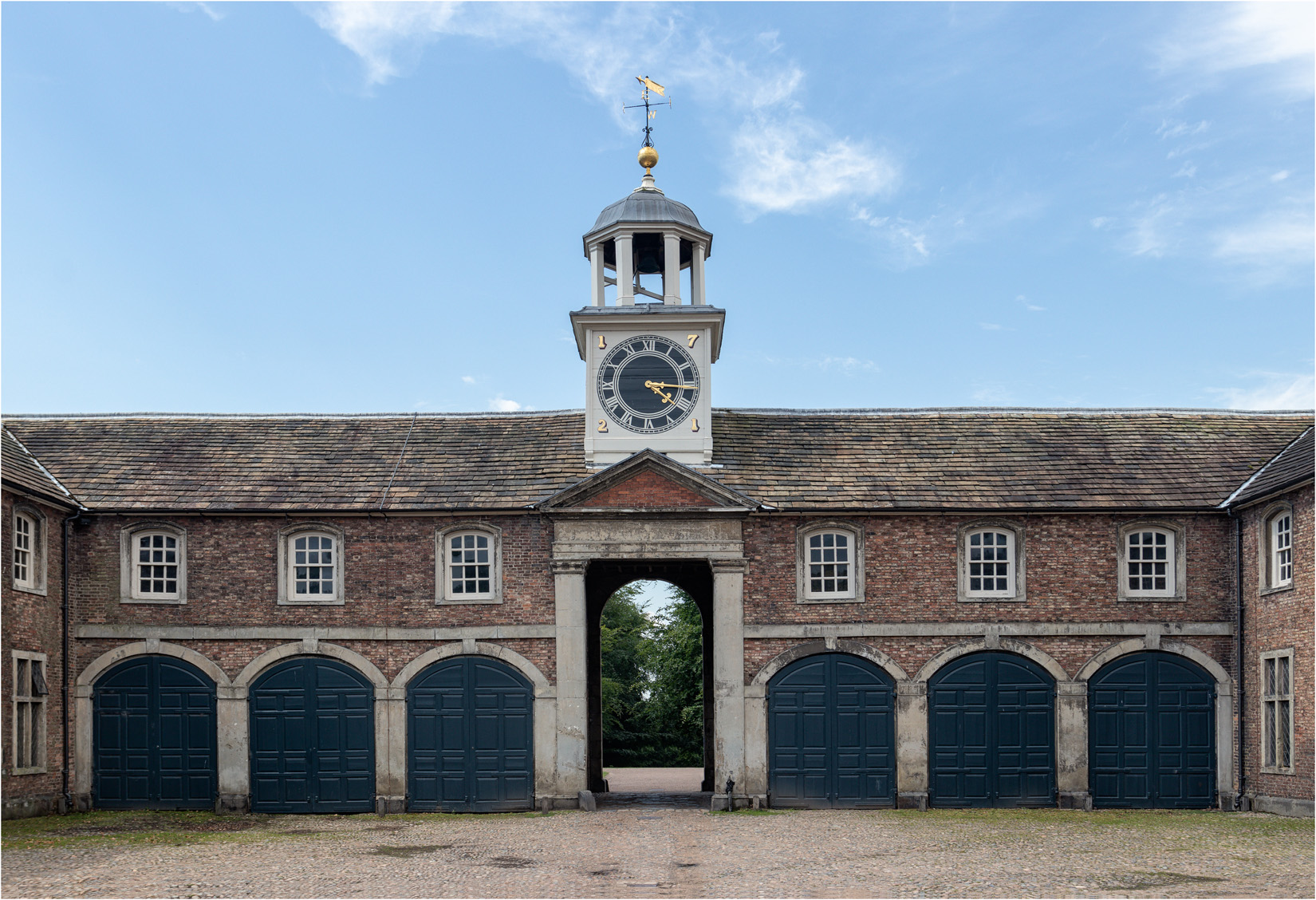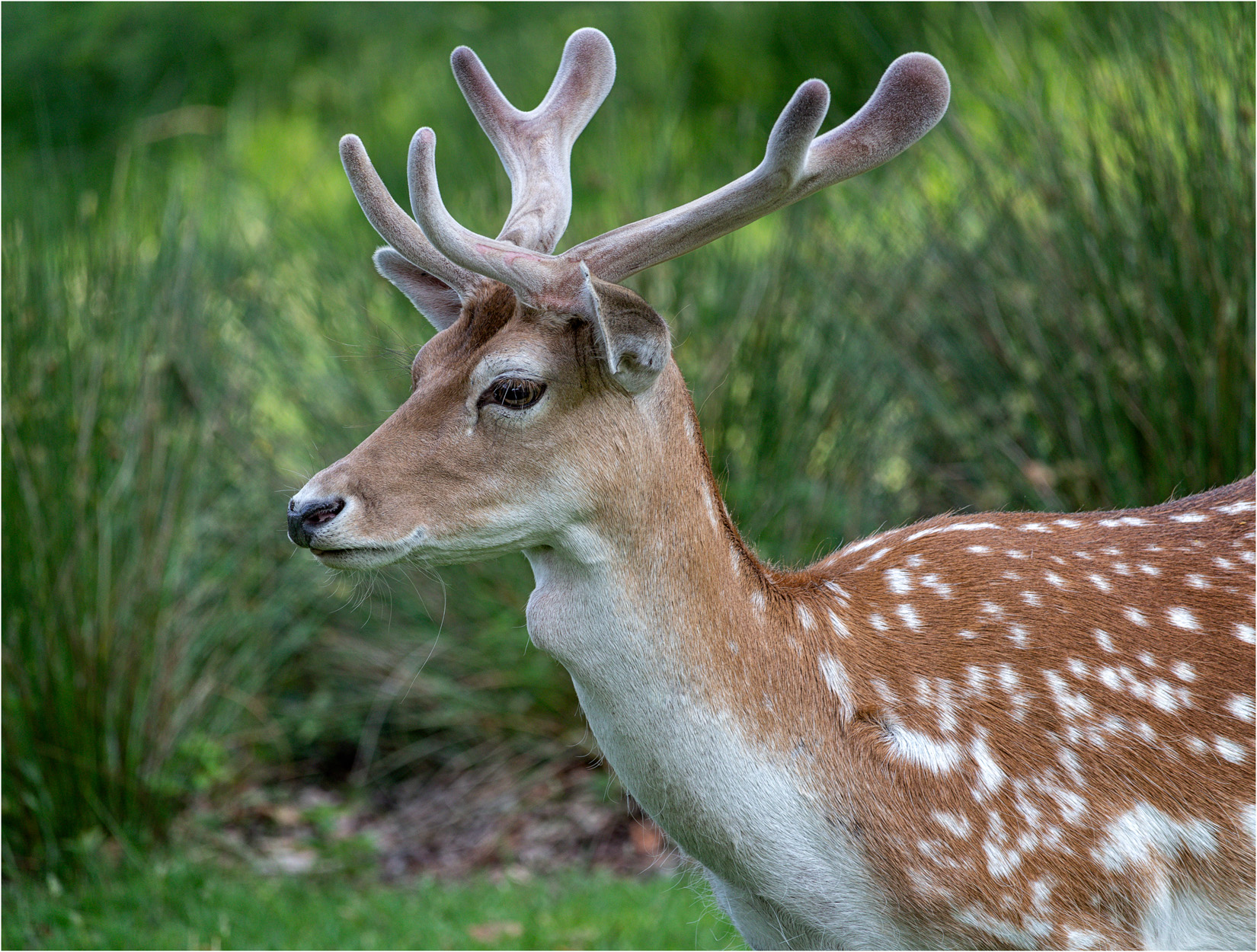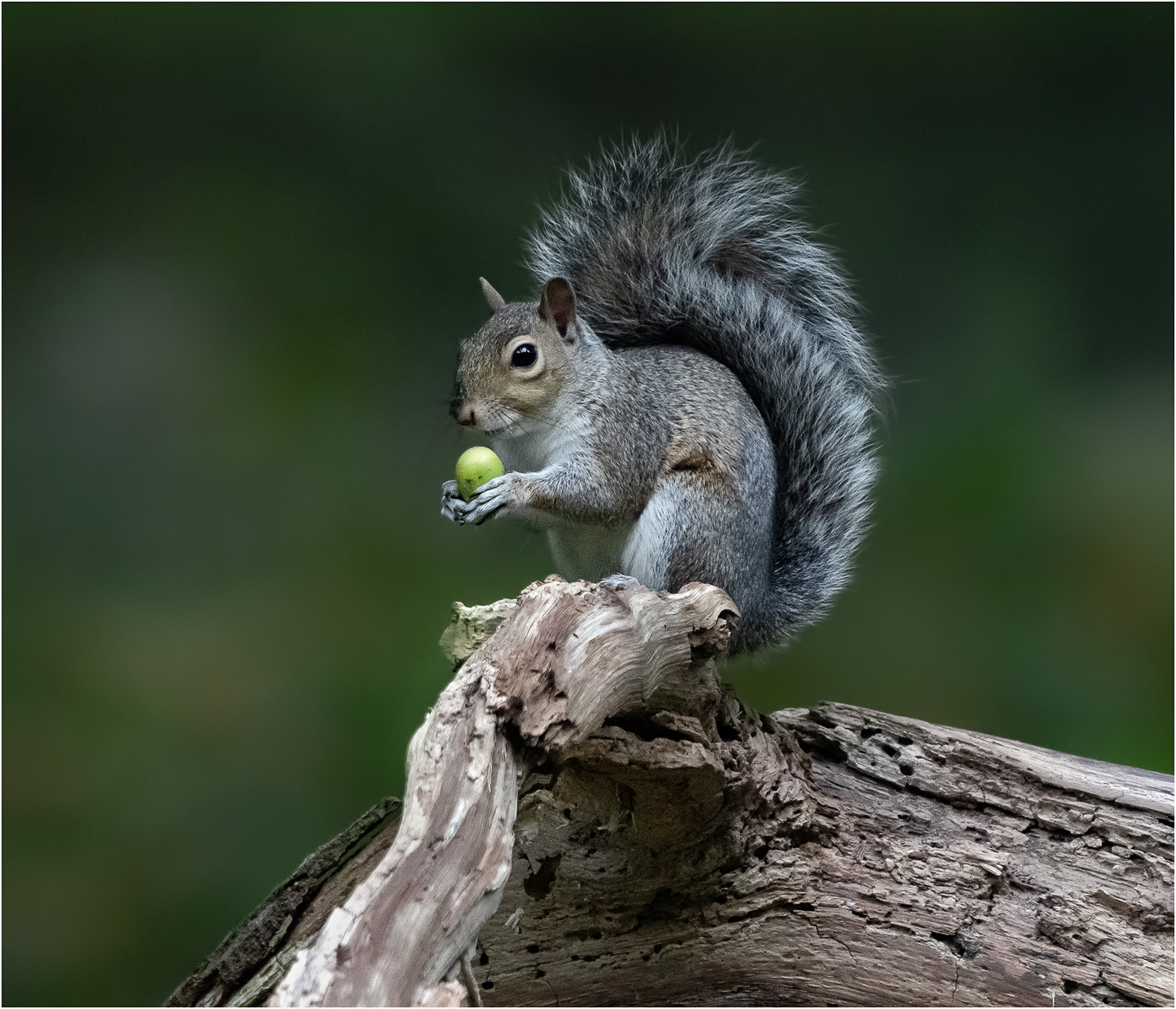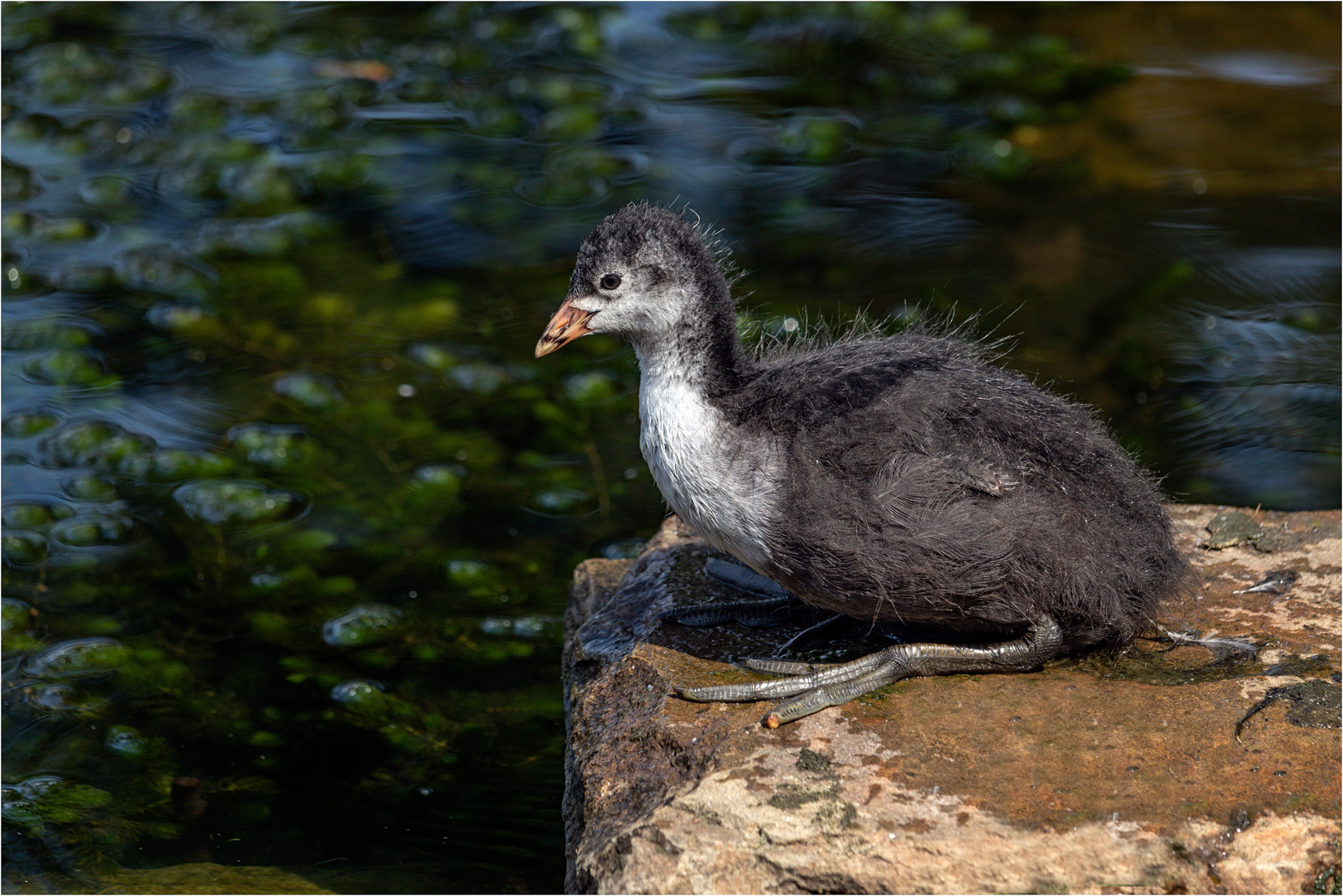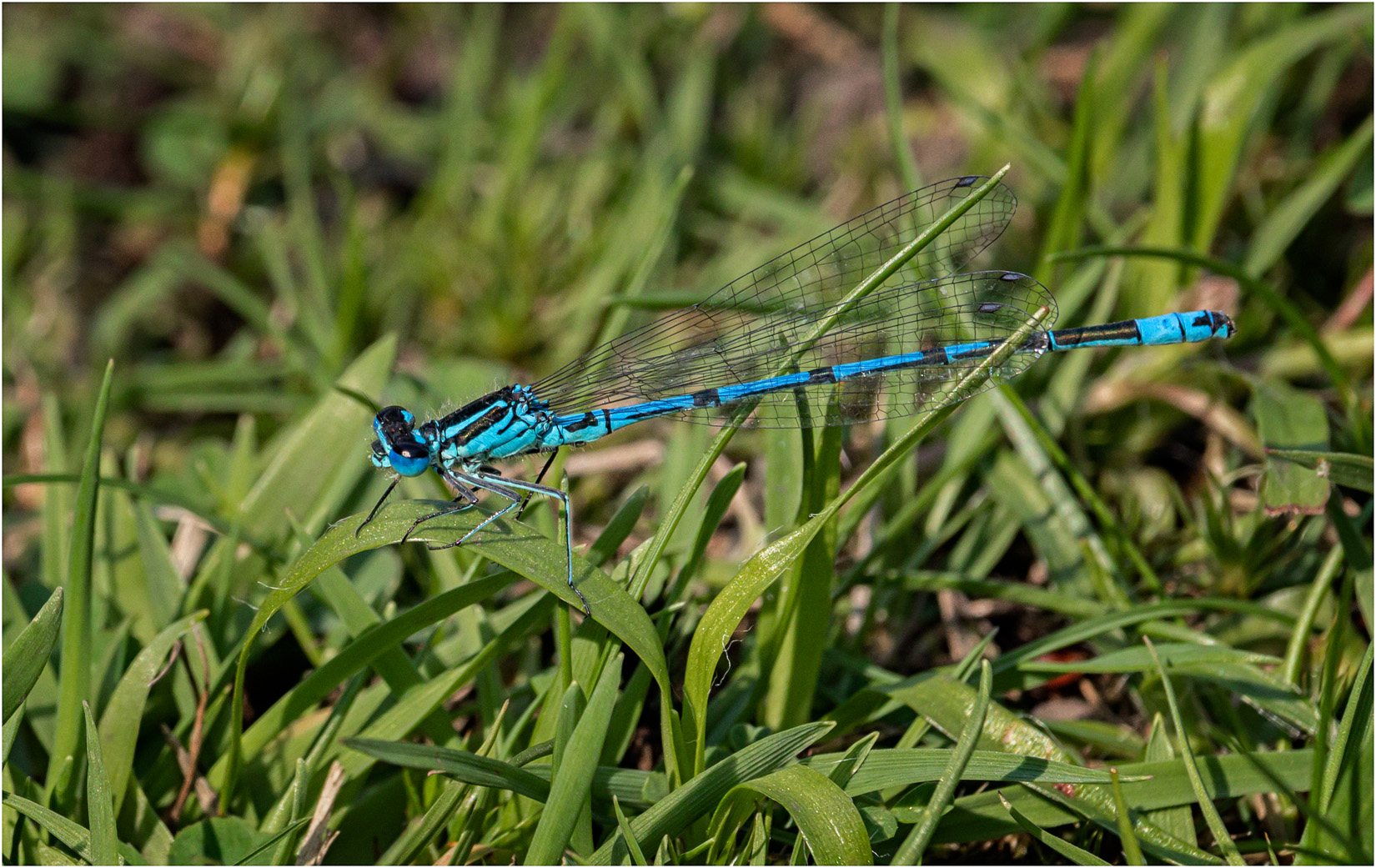Dunham Massey Hall is a Grade 1 listed building operated by the National Trust. The Hall was built in 1616, but later remodelled in the 18th Century. In addition to the Hall, there are some attractive gardens and a deer park with a herd of fallow deer. It is one of three deer parks in Cheshire that are owned by the National Trust, the others being Lyme Park and Tatton Park.
 Location and Parking
Location and Parking
Postcode: WA14 4SJ
Dunham Massey lies just over 1 mile north of the A56, turning north along the B5160 at Bowdon. If travelling from the north, leave the M6 at junction 21 onto the A57, heading east for 2 miles before turning south onto the Warburton Bridge Road. There is a small toll (12p) for crossing the bridge. Just after the bridge, turn left onto Paddock Lane, then at he next junction left onto the A6144, then right onto the B5160. There are signposts for Dunham Massey along these routes.
Dunham Massey Hall
The main Hall was originally built in 1616, but later remodelled in the 18th Century, with further changes made in both the 19th and 20th Century. The Hall, Stables and Carriage House are all Grade 1 listed buildings. Entry to building complex is through the stable block. The Hall is open to visitors, and we found he kitchen area particularly interesting.
The Deer Park
One of the main attractions at Dunham Massey is the Deer Park, which hosts a herd of Fallow Deer. These are fairly tame and come right up to the Hall, but visitors are advised against feeding or approaching the animals which can become agitated and dangerous during the rutting season. To avoid buildings in the background it is best to move away from the hall, but it is only a short walk to reach the open deer park.
Close-ups of the deer can be taken with focal lengths of about 200mm or more. It is important to be patient, wait for the deer to move to a suitable position, and not try to approach too closely. In the summer the deer’s antlers are covered with a velvety coating, but this rubs off later in the year, ready for the autumn rut.
Dunham Massey Woodlands
To access the Dunham Massey gardens, pass in front of the Hall, and the gardens are to the right. After entering the garden area, there is a semi-wild woodland area to the right. There is plenty of opportunity for photographs of the woodland flowers growing in the shade.
Dunham Massey Gardens
Closer to the Hall, there are more formal gardens, with plenty of opportunities for flower photography. There is also a formal rose garden to explore.
Wildlife at Dunham Massey
There is not too much wildlife at Dunham Massey, but keep your eye out for squirrels in the woods. Around the moat area there are wildfowl and also dragonflies to be seen in the summer.


